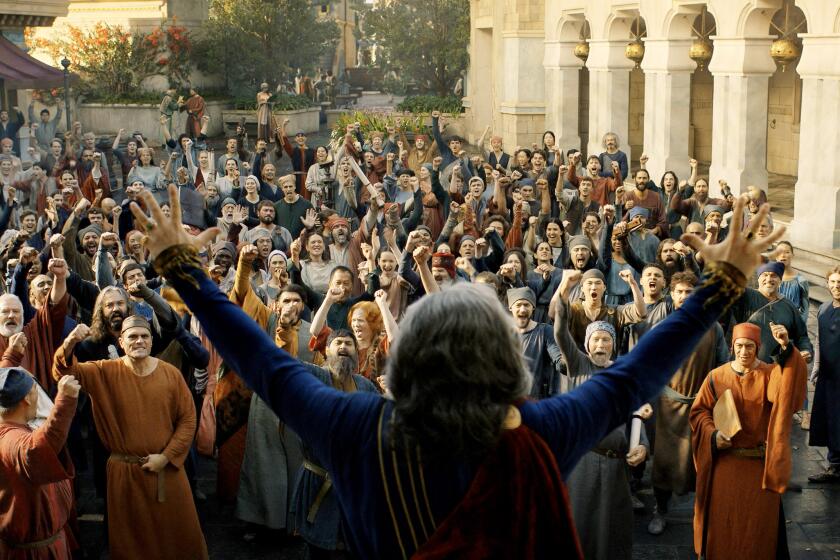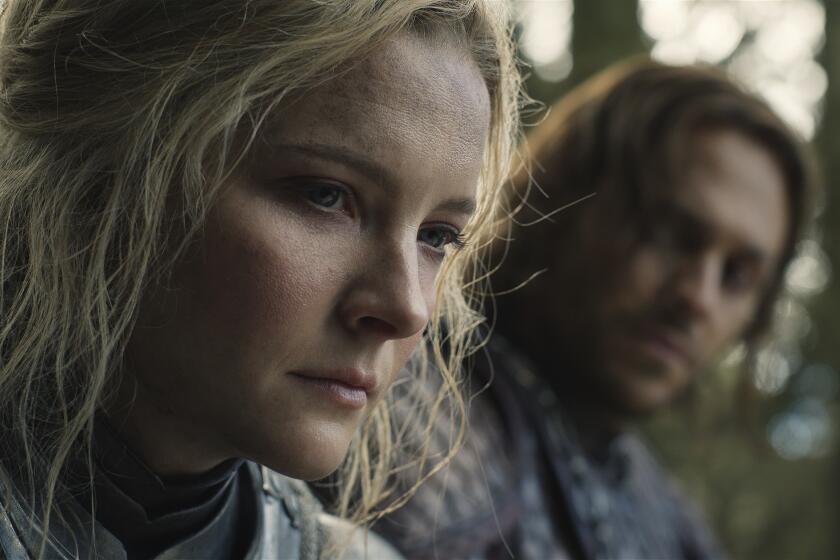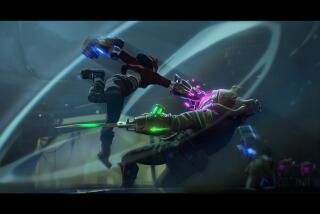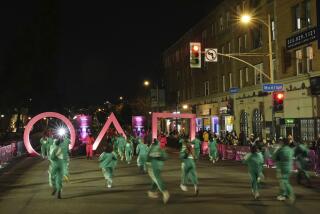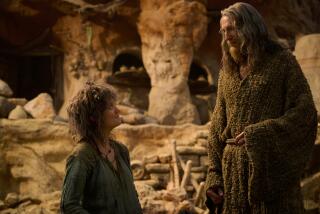Amazon’s ‘The Rings of Power’ is a bona fide hit. Why doesn’t it feel like it?
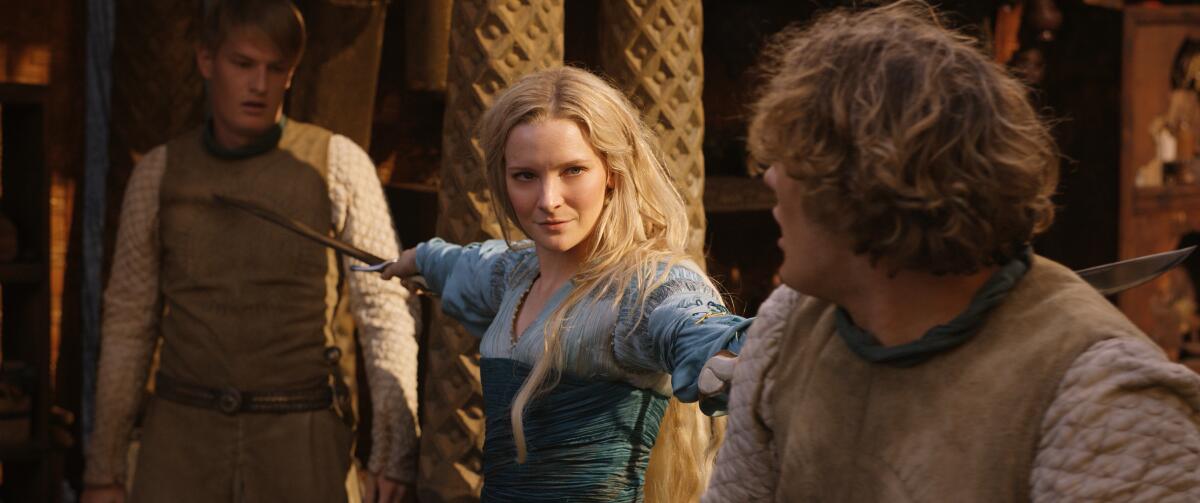
- Share via
In the lead-up to its premiere this summer, “The Lord of the Rings: The Rings of Power” might have been best known for its extravagant price tag.
The first season of the highly anticipated Prime Video series, which wraps up with its eighth episode Friday, cost a whopping $700 million to produce (including to buy the TV rights), making “The Rings of Power” the most expensive television show ever.
Besides the appeal of seeing a new on-screen take on J.R.R. Tolkien’s fantastic Middle-earth, this eye-popping sum is what stoked the curiosity of at least some viewers.
“I heard through the grapevine that [Amazon Studios] had invested a lot of money in production,” said Art Balaoro, a 39-year-old Los Angeles resident who first encountered Tolkien’s “The Hobbit” as required reading in fifth grade. “So seeing how those resources had been put towards a series was really kind of the draw.”
Amazon has spent more than $700 million for the first season of “The Lord of the Rings: The Rings of Power,” a high priority for founder Jeff Bezos.
A fan of Peter Jackson’s “Lord of the Rings” film trilogy, he thinks Amazon’s investment has paid off.
“I’m finding it quite enjoyable,” said Balaoro. “Visually, it’s great. All the money in production shows more so than any other series that I’ve seen.”
That “The Rings of Power” is, as Times TV critic Robert Lloyd described in his review, “visibly expensive” is perhaps the one thing viewers can agree on. Otherwise, it’s no surprise that a long-gestating TV show based on the mythology behind a beloved fantasy series has garnered mixed reviews from audiences. (In the main, critics have been more positive, according to review aggregation sites like Rotten Tomatoes and Metacritic).
Amazon, for its part, has been touting “The Rings of Power’s” successes. The studio announced that “The Rings of Power” broke Prime Video viewership records when more than 25 million people watched on the first day the series was available. More recently, Amazon Studios head Jennifer Salke told Variety that they are “cresting toward 100 million customers having watched.” And she anticipated viewership to grow with the show’s final episodes.
The numbers are impressive. And Amazon is delighted, according to sources familiar with the data, who linked some of the strong viewership boon to Prime Video hosting “Thursday Night Football” in the same window. The streamer is clearly in this for the long haul as well, having committed to a five-season story.
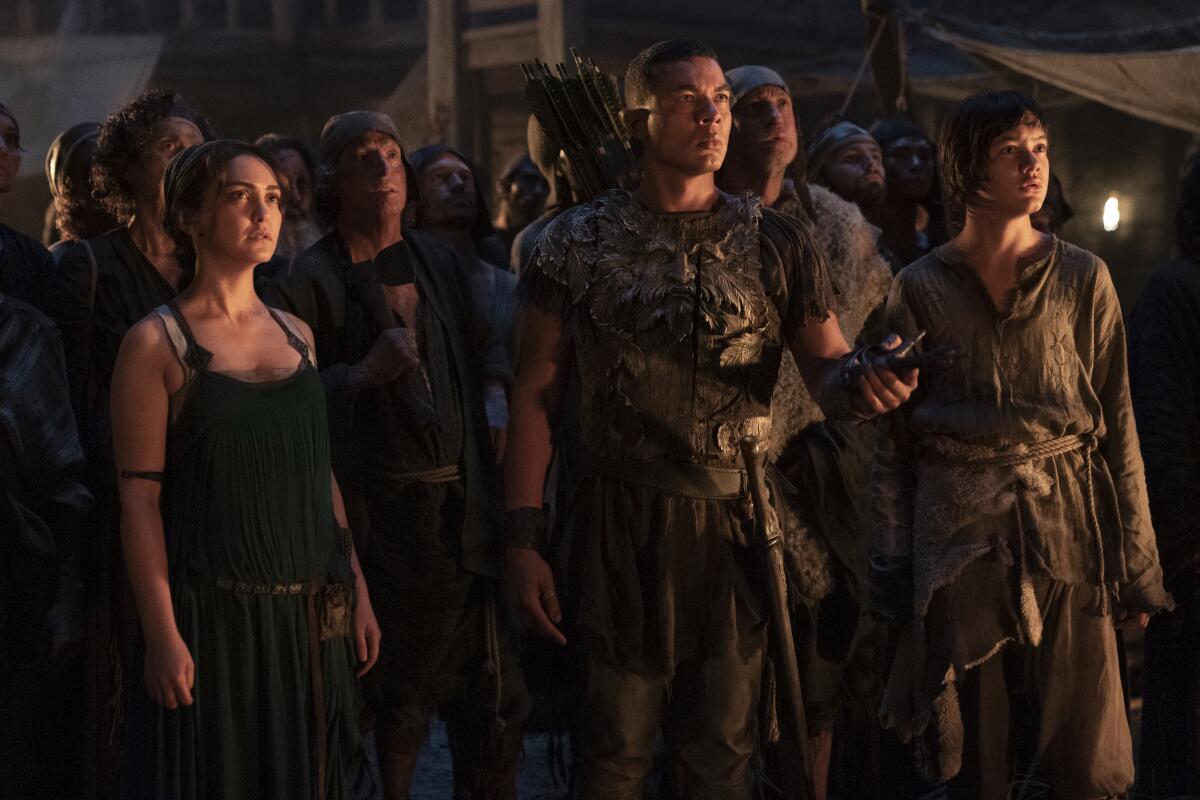
For comparison, HBO’s hit “Game of Thrones” prequel “House of the Dragon” premiered to an audience of 10 million people on its first day, expanding to 20 million with delayed multiplatform viewership. According to Nielsen’s streaming rankings, “The Rings of Power” topped “House of the Dragon” in total minutes streamed for both the week of Aug. 29-Sept. 4 — where the Prime Video series debuted at No. 1 — and Sept. 5-11.
But these numbers paint an incomplete picture: There is generally no way to verify a streamer’s viewership numbers even after they are released. And Nielsen’s streaming ranking counts minutes streamed only on U.S. TVs, meaning viewership on other devices, traditional linear TV and the global audience are not included.
That “The Rings of Power” is a hit is not up for debate. But how big of a hit, and what even makes a “hit” in such a crowded entertainment landscape, is harder to pinpoint. In particular, the always-elusive “water-cooler” hit that drives in-person and online conversation has become increasingly hard to predict, much less cultivate, as the number of TV series and platforms has proliferated and the entertainment audience has fragmented into smaller and smaller pieces. Network procedurals and sitcoms, for instance, regularly draw larger audiences in absolute terms than cable series, like “Succession,” that drive intense Twitter chatter and media attention.
According to Parrot Analytics, which measures the audience demand for television and film by tracking a number of factors, such as social media engagement and downloads (including pirated versions), “The Rings of Power” averaged 30.5 times more demand than the average TV show in the U.S. during the first 30 days after its launch. This puts the series at the high end of what Parrot Analytics classifies as “outstanding,” a level reached by just the top 2.7% of all U.S. shows.
‘The Rings of Power,’ premiering Thursday, is Prime Video’s most ambitious (read, expensive) gambit yet. And it’s an enjoyable, if conventional, ride.
“House of the Dragon,” on the other hand, averaged 55 times more demand than the average show in the U.S. during its first 30 days of availability, in Parrot Analytics’ “exceptional” category, or top 0.2% of shows. At their peaks, “House of the Dragon” generated more than double the audience demand than “The Rings of Power,” according to Parrot. (“Squid Game,” Netflix’s most viewed series, averaged 33.8 times the demand of the average show in the U.S. during its first 30 days. The Korean drama was a word-of-mouth hit in the U.S. and, according to Parrot Analytics, broke binge release trends as demand for the series globally kept growing for 17 days.)
But demand numbers — which can be considered more an indicator of interest than of viewership — are necessarily imperfect, since not all platforms and fandoms are created equal. Plus, it’s how series resonate with audiences, especially their most ardent fans, that can shape their long-term destiny. And by that metric “The Rings of Power” is holding its own.
Though vocal racist detractors of “The Rings of Power’s” casting of people of color has garnered the most attention (and possibly harmed the show’s online ratings through coordinated user reviews), others have raised legitimate criticisms of elements such as its pacing, its perceived adherence to Tolkien’s lore and how its numerous storylines are not all equally compelling. All healthy matters to debate within a fandom.
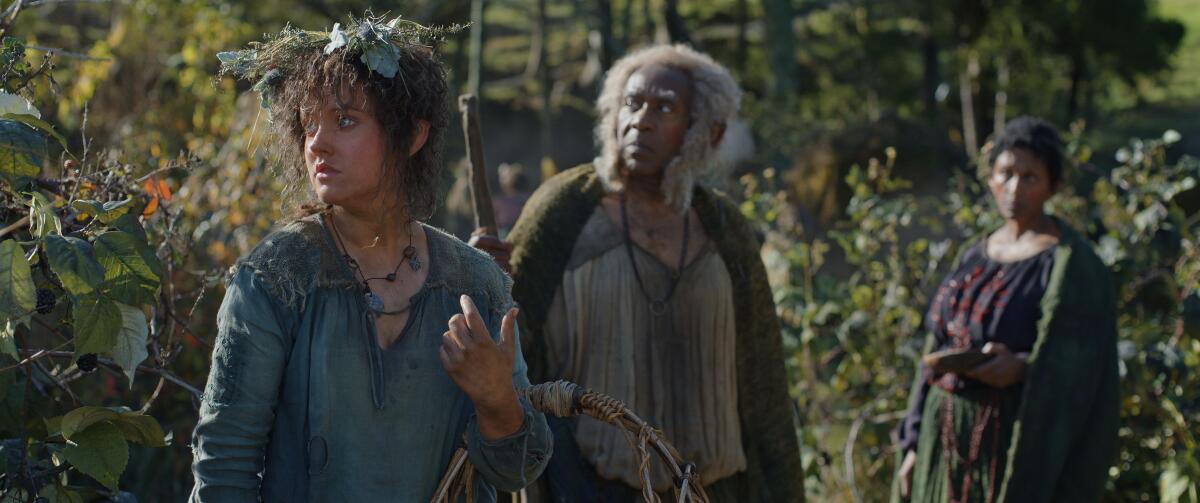
Among those who have been enjoying the pace of the show is Nick Greif.
“I get to engage with the world and engage with the characters, and I don’t feel like I’m being inexorably pushed towards some culmination of events,” said Greif, 34. “Even though that’s definitely gonna happen, it doesn’t feel like I’m being rushed towards it … I think that can be a challenge sometimes with some of these shows.”
A self-described fan of high fantasy, Greif also counts the show’s diverse casting — which more accurately reflects the world we live in — as one of its strengths.
“If you’re that hung up over what the person looked like in your head, that’s on you,” said Greif. “You have to work through that for you. That’s your problem, and kindly keep it off the internet.”
As someone who has “always enjoyed ‘The Lord of the Rings’ for its universe,” Greif looked forward to “The Rings of Power,” primarily as a way to explore that universe further.
“I was not looking for canon, specifically,” said Greif. “I’m just looking for really, really good stories that are fun to watch.”
Jacob Toups, 35, had been more interested in reconnecting with familiar “Lord of the Rings” characters and learning more about their backstories and history.
“One of the challenges in [watching] this series is trying to figure out” the connections, said Toups. “As I’m watching the show, I’m also looking at articles, trying to figure out which characters will be connected back to the movies, or back into the plot of ‘Lord of the Rings.’”
A fan of “The Lord of the Rings” and Tolkien’s works since high school, when he recalls lining up for the film adaptations’ opening midnight screenings with friends, Toups said “The Rings of Power” has “absolutely lived up to what I wanted. [It] feels very reminiscent of the movies and the amount of time and effort that was put into it.”
Toups has enjoyed the “research” and theorizing about what’s to come in the series, which he considers part of being in a genre fan community. He’s also appreciated how “The Rings of Power” has enabled him to reconnect with friends and family over their love of “Lord of the Rings.”
But even fans who told The Times about turning to online sources to read up about “The Rings of Power” said they rarely engaged with strangers about the series, opting to discuss their thoughts and theories with friends and family instead. This could be contributing to the perception that there is minimal chatter about the show on social media.
Nor does being a fan of the series mean it’s above reproach. Balaoro has one specific quibble with “The Rings of Power” so far: Where are the rings?
“I feel like for [a series with] the name ‘Rings of Power,’ they’re really taking a long time to build the development of the actual ring portion,” said Balaoro. “You have all these different characters, and their storylines are [starting] to converge, but the ring focus is not quite there.”
That’s one benefit of an early renewal: There’s always Season 2.
More to Read
The complete guide to home viewing
Get Screen Gab for everything about the TV shows and streaming movies everyone’s talking about.
You may occasionally receive promotional content from the Los Angeles Times.
